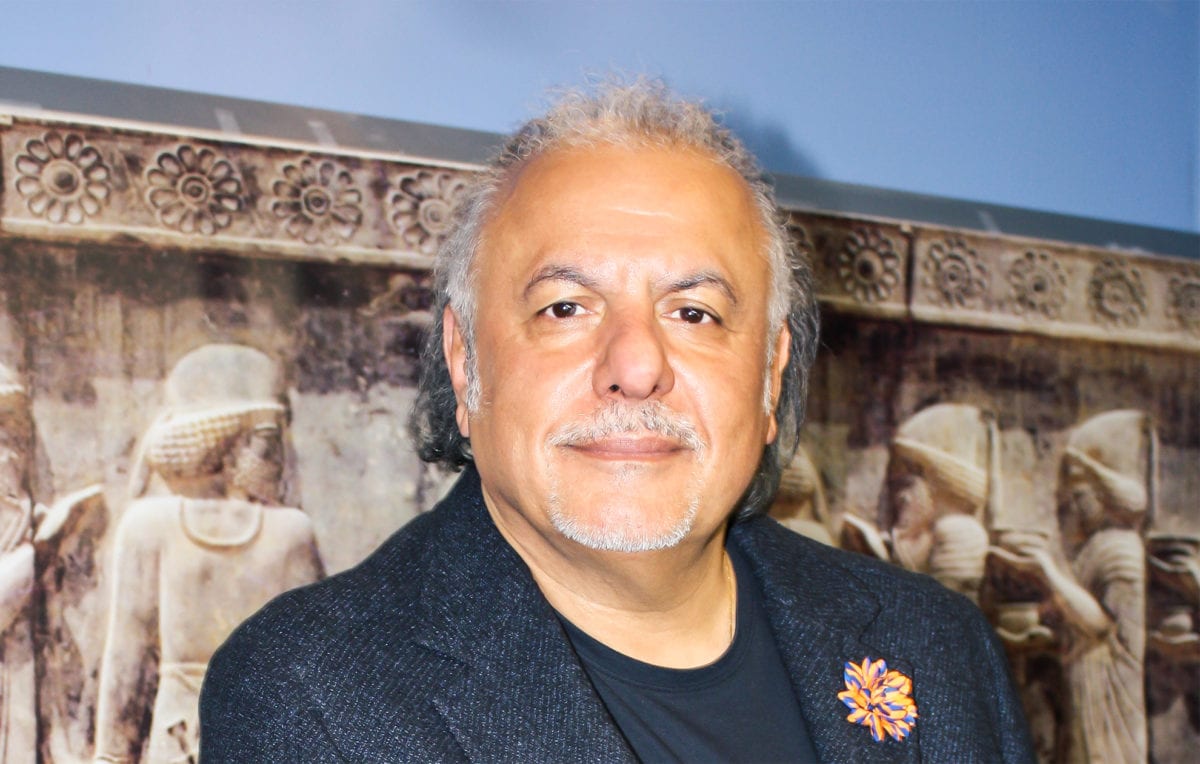Gone are the days when successful companies were only interested in employee production —large gains with immediate results. Case in point: the undeniable success of companies like Uber, Facebook, and Apple. All of these billion-dollar companies are known to put creativity at the forefront of their efforts, and with good reason.
Adobe’s 2016 “State of Create Survey” found that companies that encourage employee creativity are more likely to foster innovation (83%) and be financially successful (73%). Not to mention, creators are 53% happier at work and earn more.
Needless to say, if you and your team are a part of the 77% of workers who continue to prioritize productivity over creativity, your happiness and success will thank you for taking a ride on the creative side!
Define Creativity and the Role it Plays in Your Strategy
Thinking up the definition of creativity may have you and many on your team imagining artists like Picasso. While creativity does include artistic creativity, like designing a logo, it can also lend itself to creative problem solving: for example, new ways to cut back on energy consumption, or “thinking outside of the box,” according to career expert Alison Doyle of The Balance.
With the often subjective definition of creativity, transformational change expert Ron Carucci of Navalent notes that in order to encourage your team to let their creativity shine, you must first define it and what role it plays in your specific organization’s strategy. Most importantly, in order to succeed, creative ideas must lead to a common goal: to benefit your organization and customers as a whole.
Take (More Than) 5
We’ve all had those less-than-ideal days where we work through our lunch break, but don’t make a habit of it. Studies have shown that adding breaks and unfamiliar experiences to your work routine can boost creativity immensely. If you need even more reason to walk to your afternoon coffee stop, the 2014 study “The Positive Effect of Walking on Creative Thinking” found that a staggering 81% to 100% of participants were more creative walking versus sitting.
Tech giant Google has famously found success with “20 Percent Time”, which allows employees to spend 20% of their work day on creative side projects. Proof of its success includes Gmail and Google News, both created in 20 Percent Time. While small and medium-sized businesses may not have as much time to spare as Google, you can call on your own creative thinking to implement a similar idea to suit your business needs.
Allow for Individuality and Collaboration
Once you have your diverse-yet-collaborative dream team, your role as a leader is to create a working environment where creativity can flow. As Teresa Amabile and Mukti Khaire explain in their article, “Creativity and the Role of the Leader”, “managers must manage for creativity.” This means not only directing workers but also letting them take their own initiative; research has shown the greatest employee successes come from this.
Encourage and Praise Risk-Taking
Creative thinkers may be risk-takers, but they also like to feel safe to try new approaches and potentially fail. Safety can be established by management through rewarding failures and with simple words of encouragement. Research reported by the Harvard Business Review found that creators are far more motivated by words of public recognition than by monetary rewards.
A simple, cost-free way to get your team to think outside of the box is to host regular brainstorming sessions where no idea will be shot down. If you’re looking to take things even further with your team, take inspiration from Adobe Systems’ Kickbox, a small, red box containing a six-level curriculum and $1,000 pre-paid credit card for employees to generate, prototype, and test a new idea, no expense report or approval needed—just sheer creativity!
With these tips in mind, know that everyone has the potential to create. While it may come naturally for some, for others it’s simply a skill that can be strengthened with practice. By creating an environment that encourages and rewards creative thinking, your team will feel happier, more valued, and better equipped to solve problems faster and smarter. And what could be better than that?
Laura D’Angelo | Contributing Writer















